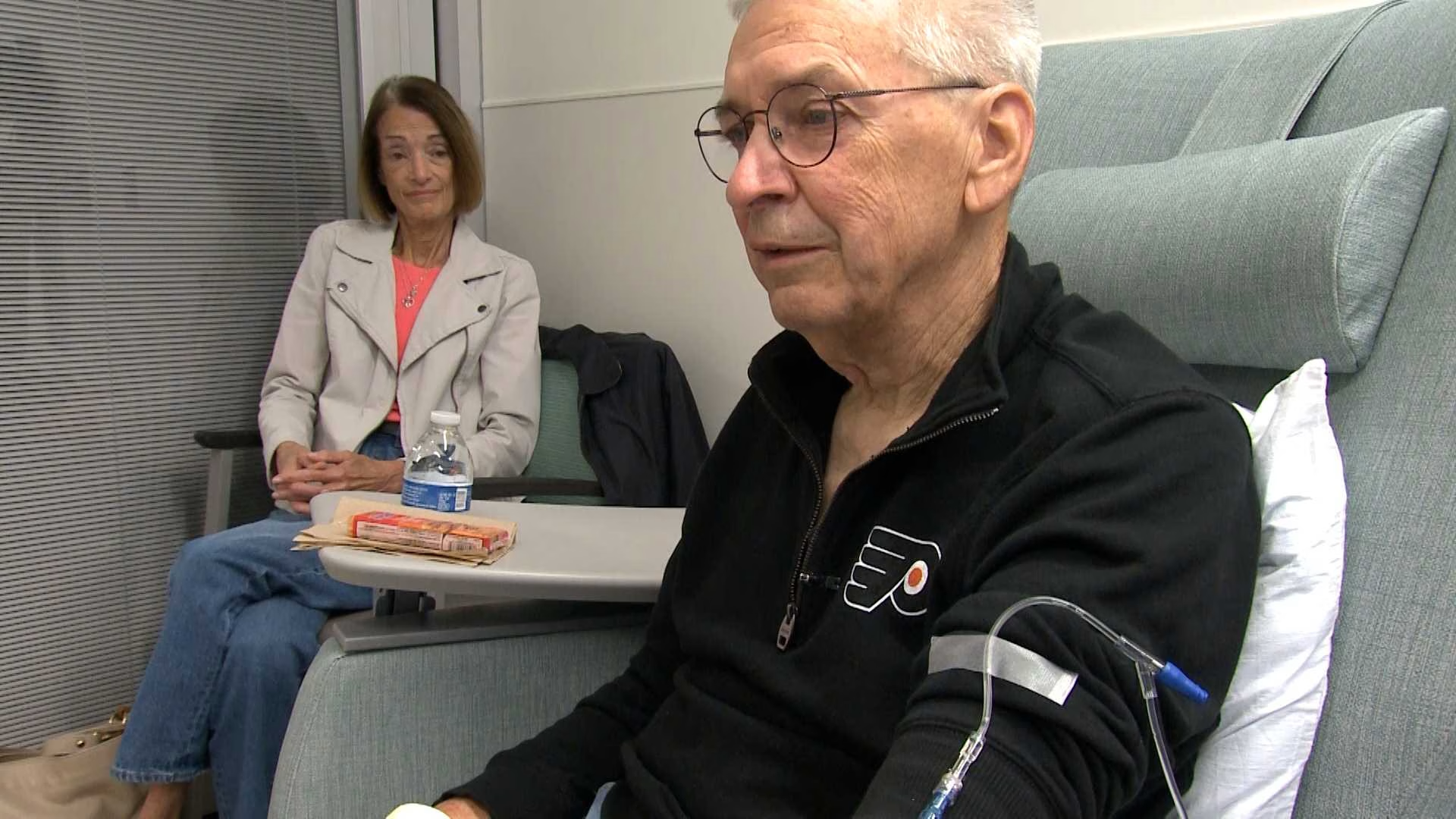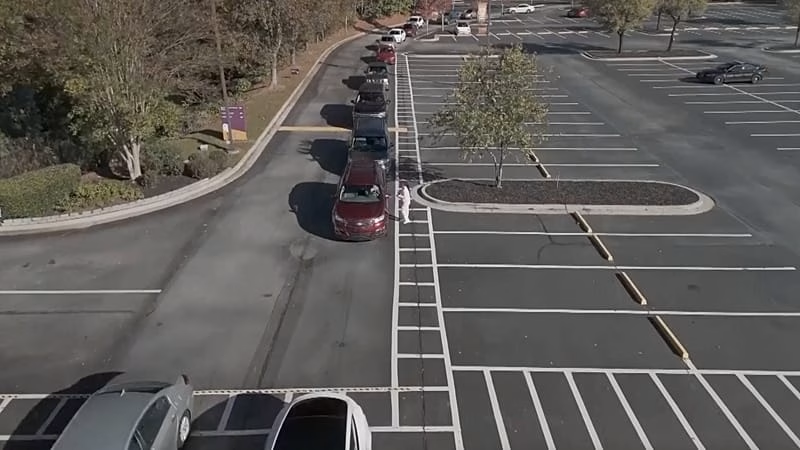Reviving South Dakota’s Correctional System
A New Approach to Rehabilitation in South Dakota
SIOUX FALLS, S.D. — Thirty individuals from diverse backgrounds are set to come together for the first time as members of South Dakota’s Correctional Rehabilitation Task Force. This group was established to support better outcomes for inmates and those who may find themselves in legal trouble. The task force was created through an executive order signed by Governor Larry Rhoden in September, setting the stage for a new focus on rehabilitation.
The task force includes notable figures such as Terry Dosch, executive director of the South Dakota Council of Community Behavioral Health; Jerilyn Church, president and CEO of the Great Plains Tribal Leaders Health Board; Circuit Judge Pat Pardy; and Southeast Technical College President Cory Clasemann. Each member brings unique expertise to the table, aiming to create meaningful change within the correctional system.
Dosch emphasized the importance of preventive measures and early intervention. “We do a lot of work on a preventive and early intervention basis, and a lot of the people that might be at risk for criminal justice involvement never see the justice system at all,” he said. “Being able to extend that now to how we can assist with people who are incarcerated in a better way is where we want to be.”
Church highlighted her organization’s role in providing public health support to 18 tribes across the Great Plains region. “We provide epidemiology and public health support to the 18 tribes in the great plains region, that includes South Dakota, North Dakota, Nebraska, and then we have one member tribe in Iowa,” she explained.
Judge Pardy shared his perspective on the challenges faced by those involved in the criminal justice system. “The average case, good people get in trouble, and they have addictions,” he said. “When they’re not under the effects of an addiction, they’re great citizens. They’re great moms. They’re great dads. They’re great employees.”
Education plays a critical role in reducing recidivism. Clasemann noted, “Education is really a good way to help them to decrease the recidivism rate going forward, and so it’s really figuring out what are the right programs.” He also emphasized the need for educational programs that align with the timing and needs of inmates.
Pardy described the delicate balance between public safety and supporting individuals who have committed crimes. “Prisons are expensive but it does take people off the street,” he said. “Probation is a great goal but it leaves people on the street. And there’s a balance there between risk to the public and helping the individual that’s under the addiction.”
Church expressed hope that the task force will bring about meaningful change. “I’m hoping that this task force will, with the collective minds of the folks that are a part of this task force, that some meaningful change transpires and that it will reduce those numbers, that it will reduce the numbers of people going into prison.”
Success in rehabilitation requires action before, during, and after incarceration. “Work needs to begin before the first time any young man or woman ends up in trouble for the first time, and then it needs to happen while they’re in jails or prison, and then the support needs to be there to ensure that they don’t return after they leave,” Church said.
Dosch stressed the importance of addressing all aspects of well-being. “If you’re really concerned about rehabilitation, then you have to look at the whole enchilada, so to speak,” he said. “Well-being is showcased in different ways, and these all provide the opportunity to contribute to society.”
Clasemann highlighted the impact of vocational training. “We currently, for the last seven semesters, have had welding students come on campus,” he said. “They do a one-semester program so that they’re able to sit for their welding certification. At the end, we’ve had over 70 individuals already graduate from that program.”
Southeast Technical College plans to expand its programs further. “We’re currently working to set up a diesel program up on the Hill that’ll launch sometime in 2027,” Clasemann said. “We’ve had some other conversations as well about ways to partner going forward and then obviously in the new prison as well.”
Church emphasized the importance of addressing the needs of Native American communities. “If the goal is to rehabilitate and to reduce recidivism, reduce the prison population overall, the American Indian population is an important part of that conversation,” she said.
Dosch added, “If you’re going to achieve true health, that comes on a physical basis, it comes on an emotional basis and a spiritual basis, so you have to attend to all three of those dimensions of human existence.”
Pardy concluded with a reminder that success in rehabilitation is a two-way street. “I’ve often said that I can order somebody to go to treatment, but if you’re not at a point in your life that you want to do treatment, that you want to learn and that you’re able to be motivated, then that’s not going to help, either.”
The Correctional Rehabilitation Task Force is set to hold its first meeting on October 29. The group aims to make a lasting impact on the lives of those involved in the criminal justice system.
- 10 Jenis Ikan Beracun yang Harus Dibatasi untuk Kesehatan dan Keamanan Makanan - December 11, 2025
- Multiple rounds of snow headed for Michigan, see the timeline - December 11, 2025
- E-Datuda: Pemetaan Dayah dan Manfaatnya, Bireuen Selesaikan Akhir 2025 - December 11, 2025




Leave a Reply